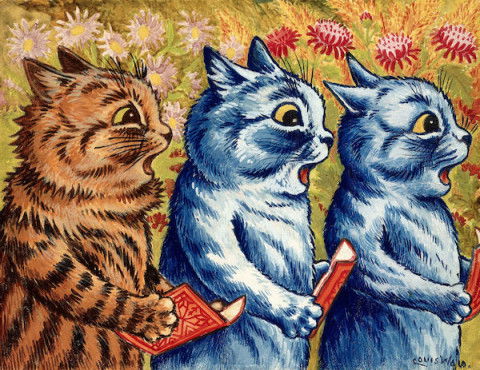
www.dailywire.com
Take Your Mark: A Practical Guide For Defending Women, Girls, And Biological Truth
The following is an adapted excerpted from “Swimming Against the Current,” by Riley Gaines. (May 2024, Center Street/Hachette Book Group)
When swimmers hear the words “Take your mark” before a race, it’s an invitation to the calm before the storm. A true competitor thrives in this moment because it’s when they decide whether they are going to win or lose.
When you take your mark, you know the challenge ahead. And, ready or not, you’re diving into the pool.
Even a year and a half since I have retired from competitive swimming, every day I wake up and it feels like I’m taking my mark. And in the spirit of transparency, there are days in which my advocacy and activism feel much like sprinting in mud. Sometimes I wonder if any of the work I’m doing is making any difference at all.
It’s when I get emails, text messages, or DMs from girls and women, and even men, who share their journeys of courage in standing up for themselves or others that I remind myself, no matter how slow the progress in a positive direction, progress is progress.
What is the solution for all this madness? Can there be a solution where inclusion doesn’t jeopardize safety and fairness? We’ll only find out if we’re willing and able to have conversations with those who disagree with us. That is how we advance and unify.
I want to challenge you as to how to wield the power you have. You readers are parents, coaches, athletes, students, teachers, community builders, pastors, medical professionals, Christians and advocates of faith, and sensible human beings who want to maintain the rights that women have fought for over the last several hundred years. You are passionate about upholding reality rather than a false façade that will only continue to progress in a way that’s detrimental to life as we know it.
Above all else, speak the truth. This is a winning issue.
Cover design by Micah Kandros. Center Street/Hachette Book Group
For parents: Stand up for your child even if it means standing against the world. Be willing to defend your daughters. We can’t allow this battle and psychological manipulation to fall entirely on the shoulders of young girls. Teach your sons healthy masculinity. Boys should learn the value of growing into a strong man. Get involved in whatever way you can, whether that’s attending school board meetings or coaching your child’s Little League team. Make sure to teach your kids how to stick up for themselves.
For coaches and teachers: Be the voice of the voiceless. Create and cultivate a healthy environment where all opinions can be voiced without fear of repercussions. You have one of the most powerful platforms in a young person’s life. You can impact more young people in a year than most people are awarded in a lifetime, so use it to the child’s benefit.
For girls: Don’t get discouraged. You are worthy. And you are deserving of the same opportunities that I was fortunate enough to have. You are not defined by the thoughts in a man’s head. Speak up for yourselves and others when you see an injustice or feel wronged.
For women: Stop waiting for someone else to defend your rights for you. The war on women is real and among us. It’s time to take back our language and our spaces. For those women who have been unapologetically speaking out, keep going. I know it can feel as if you are screaming into an empty void, but the tide is turning, and you are needed now more than ever.
For men: The world and our nation are suffering from a lack of strong masculine leadership. Be the change in restoring strength and success. We must all fight this together.
For pastors, preachers, ministry leaders, and fellow Christians: Don’t shy away from talking about cultural issues that are relevant in our intensely divisive cultural climate. We can discuss these issues in a respectful and compassionate way that still embodies Jesus’s love and purpose. He balanced truth and grace so well.
For everyone: Please don’t wait until you’re directly impacted before taking a stand for truth and common sense. How many girls have to be injured in their sports before you take a stand? How many girls have to lose out on opportunities? Or be exploited in a locker room? How many children have to live with the regret of mutilating themselves through hormonal or surgical means?
Even if you don’t play sports, even if you don’t have a daughter, even if you’re not a female, the issue of female-only spaces still affects you. Unfortunately, it took a crisis moment to compel me to push back and ask the necessary questions. If each one of us waits until we are directly impacted, it will be too late.
What are you waiting for? Take your mark.
* * *
Riley Gaines is a nationally known advocate for women’s sports, safety, and privacy; a two-time NCAA All-American and five-time SEC Champion and record holder; and author of “Swimming Against the Current: Fighting for Common Sense in a World That’s Lost its Mind,” on shelves May 21, 2024.
Excerpted from “Swimming Against the Current” by Riley Gaines. (Copyright 2024). Used with permission from Center Street, a division of Hachette Book Group, Inc.















